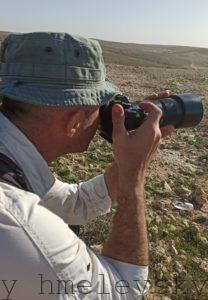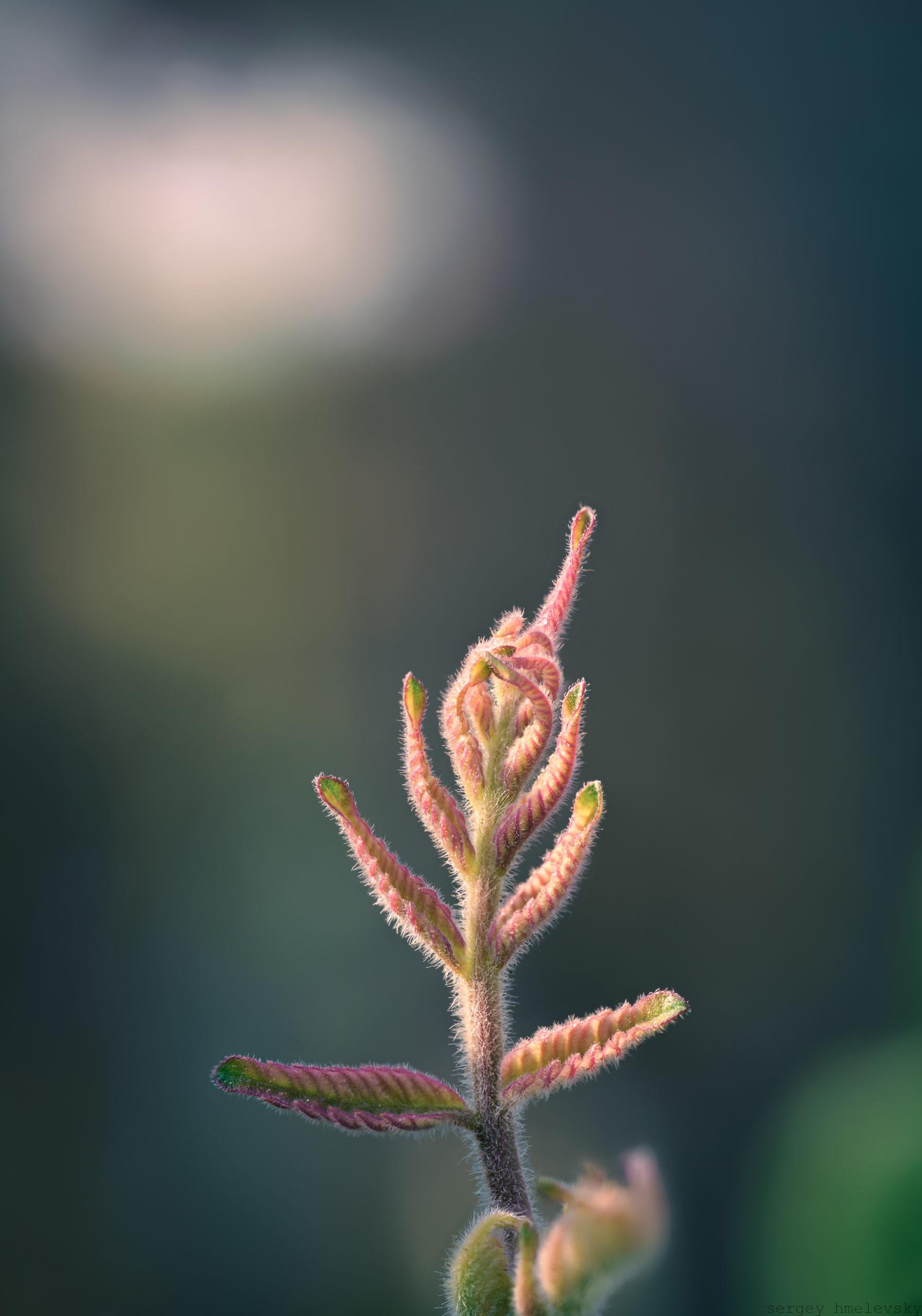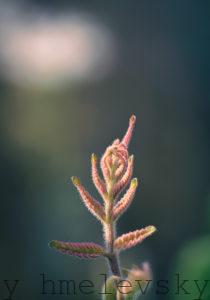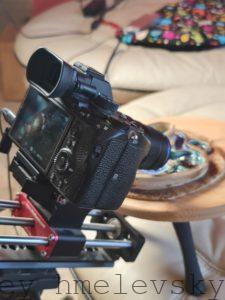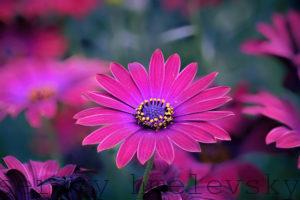Focus stacking
In my work with macro photography i often find the depth of field too shallow to fully express the subject,
often i compensate this with an editing technique called “Focus stacking” that allows me to make the depth of field much larger and the image sharper.
In this article i will try to explain this technique as i see it and show you what i can do with it.
What is focus stacking?
Basically it is a way to increase the depth of field in a photo beyond the possibilities of the camera and the lens.
Actually it is not that complicated, “Focus stacking” is in other words taking a series of images with different focus points of the same subject, and then combine them together in the editing process.
The hard part is creating a beautiful and clean image out of all this, there are a lot of different aspects to consider in the shooting process and also in editing, some of this i will try to explain in this post and others i will leave for further discussion (there is enough about it to write a whole book about it actually),
also i will try to explain the editing workflow and how can i achieve the final result – a beautiful in focus image.
From the start… equipment
The good news is – not much equipment is needed for the basic capture, just the camera and a decent macro lens. No auto-focus needed because it won`t be used anyway.
You will probably ask about tripods and macro rails, no problem with that, i don`t need them in my photo trip and cant use them anyway, which is good because this equipment is quite bulky,
i do have them though, but only for use indoors in a controlled environment mainly for product photography and other still objects.
Also for the editing a decent computer is needed with at least 16mb ram and some storage space, preferably stationary, most laptops will have a hard time with this task. Also an image processing software like Photoshop (I use Helicon).
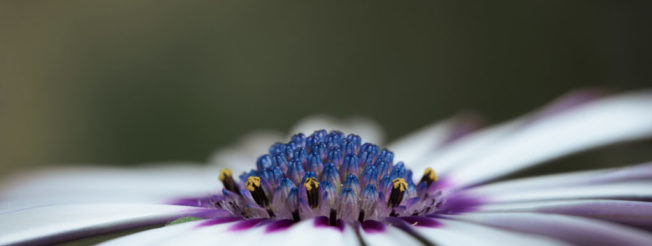
Capturing the image stack
About capturing the image, or more accurately – the image stack.
Of course not every situation is suitable for this kind of capture, there are a some limitations, like the shooting conditions or the limitations of perspective, more on that later.
I turn everything on my camera to manual so no parameter will change except the focus area, then there are two options with focusing:
- Shooting fast AND moving slowly forward with the camera to cover the distance of the required focus area.
- Shooting fast AND rotating the focus ring on your lens slowly and achieve pretty much the same result.
Make sure that you capture enough images, there is no second chance for this, usually i take about 20+ images for a stack, i make another stack if i feel that something went wrong, like a gust of wind moving of the flower, or maybe a light change, these things absolutely destroy the whole image with little to no chance of repairing it in editing afterwards.
,
The editing process
Once done with the capturing the next step is editing.
I always use LightRoom for viewing and basic editing of my photos, so this would be the first stage – creating a stack and sending it to the image stacking software, after the merging of the stack into one image it is back to LightRoom for basic editing and simple effects. If the merging process did not go as i wanted i correct the graphic errors in Photoshop.
So the editing is done, one thing left to do – looking at it. keep in mind that after the compilation from RAW to JPEG the result may look a bit different than expected.
The last phase of my photo editing is checking how it looks on my phone, because if it looks good on the phone it will look good anywhere 🙂
Other equipment
As i mentioned before there are options to make the image stack more precise
The first one is the tripod, to make the frame and the distance from the flower constant, unfortunately in natural outdoors conditions it wont help with slowing down the shutter speed, this due to the natural movement of most flora which makes me shoot with at least 1\160 shutter speed. I usually use the tripod only when i shoot indoors and i have the option to set-up all the equipment, which brings me to the other…
The macro rail, for precise measuring of distance between the images in the stack.
There are two options for this, manual rail and automatic electronic rail. The manual is much easier to use and and more “Travel friendly” than the automatic one, but it takes much more time and effort to use considering the amount of images i want to capture, usually it is 40 – 60 images, sometimes more. I have an electronic one from Wemacro and it`s definitely a pleasure to use.
The drawbacks of Focus stacking
Of course not everything is perfect and there are things to consider when you focus stack, these are the natural drawbacks of the focus tacking process.
Loss of depth:
When you stack together multiple in-focus areas you will get a sharp image with a lager depth of field, but the image will be flattened and the “out of focus” areas will be less pleasing to the eye so naturally not every shot is going to work with focus stacking.
Resolution downgrade:
Unless you shoot in a studio environment (which is rare in my case) you are going to lose pixel sharpness in the process of merging the shots, the reason is that there is no such thing as a “standing still” flower in nature, all flora moves, so the small changes in angle will make your merged shot less sharp overall.
Time and equipment:
Processing and merging a stack of images takes quite some time so it is no “shoot and done” task, a few stages of editing are needed as was said earlier, and you are going to need some processing power for this, not the cheapest equipment.
